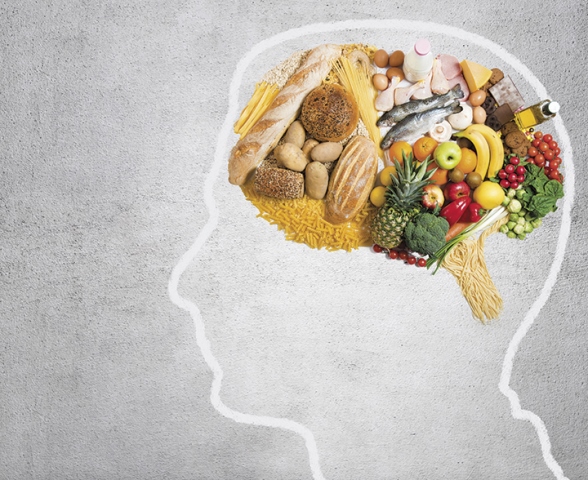Malnutrition a common problem for patients entering healthcare facilities in Canada – costing the system $2 billion annually
By Heather Keller and Leah Gramlich
“You are what you eat,” or so the saying goes. We use this axiom in our developed country, where obesity is often top of mind, to remind ourselves that overeating will lead to a less healthy physique. However, this saying is also true for undereating or malnutrition – and that happens in Canada too.
It may be surprising to many Canadians that malnutrition is very common in our hospitals, our health care institutions and in certain patient populations. Malnutrition begins in the community and can be perpetuated by a hospital admission.
Estimates suggest 30 to 45 per cent of medical patients at an average age of 65 years of age are malnourished at admission, costing our hospital system approximately two billion dollars per year. Malnutrition, whether due to inadequate intake of protein or energy, or vitamins and minerals, is a known contributor to many conditions, including frailty.
Frailty is a growing concern in Canada with our aging population; although frailty can happen at any age, it is most common in older adults and estimated to occur in approximately 25 per cent of persons over the age of 65 years.
Common symptoms of frailty include weight loss, weakness and exhaustion, often exhibited as falls, delirium and failure to thrive. The Canadian Frailty Network is raising awareness of this condition and how it can be prevented, delayed, potentially treated and better managed – and save the health system money in the process. Nutrition is one of the key areas where treatment for frailty is promising, especially if the person is also malnourished.
Recent evidence demonstrates an overlap between frailty and malnutrition in Canadian hospital patients with 70 per cent of malnourished patients being screened as frail. A variety of physiological, social and economic factors, such as living alone or low income, and disease-related factors are the root causes of malnutrition for these Canadians.
It is also likely that frailty and malnutrition impact each other.
Many frail older adults living in the community are challenged with accessing the grocery store, getting the groceries home and preparing and eating food. Appetite and interest in cooking may be poor, especially for those who live alone. After discharge from hospital, 25 per cent of patients will unintentionally lose weight in the first month, with poor appetite being a primary factor. Low protein intake or inadequate intake of key nutrients such as vitamin D can also result in muscle and bone changes that can lead to a fall and consequent disability.
The public is generally unaware that as we age, we need the same or greater amounts of many vitamin and minerals than younger segments of the population need – particularly vitamin D and calcium. Due to a constellation of factors, older adults also need up to 50 per cent more high-quality protein in their diet than is currently recommended, to retain the muscle they have, with further increases required if they are frail, subjected to prolonged bed rest or surgery.
So, “you are what you eat,” holds true as well for malnutrition. With caloric needs of older adults and those with frailty often low due to lack of activity and loss of muscle mass, this means that every bite needs to count nutrition-wise.
In the case of malnutrition and frailty, food is medicine. So, what are we to do?
First, the medical profession and those who are routinely in contact with potentially frail and malnourished patients need to recognize these conditions and their importance in the overall health, well-being and recovery of patients.
Screening for malnutrition and frailty should be done in all health care encounters for those over the age of 70 years, including at the doctor’s office, home care visits and at every medical or surgical patient admission to hospital.
Public health agencies across the country should work with primary care physicians to identify early nutritional habits that can be improved and promote self-screening tools targeted to the frail and senior populations. When those at risk for malnutrition are identified, referral to a dietitian to provide counseling, education and connection to community supports and services is needed.
Malnutrition can be treated. Families and friends can support their loved ones who are frail by helping with groceries, cooking and eating together. Watch for unintentional weight loss and poor appetite and seek help early to prevent malnutrition and frailty.
Professor Heather Keller is the Schlegel-University of Waterloo Research Chair in Nutrition and Aging and an expert advisor with EvidenceNetwork.ca.
Dr. Leah Gramlich is a gastroenterologist and professor in the Faculty of Medicine at the University of Alberta and Provincial Medical Advisor for Nutrition Services with Alberta Health Services.


